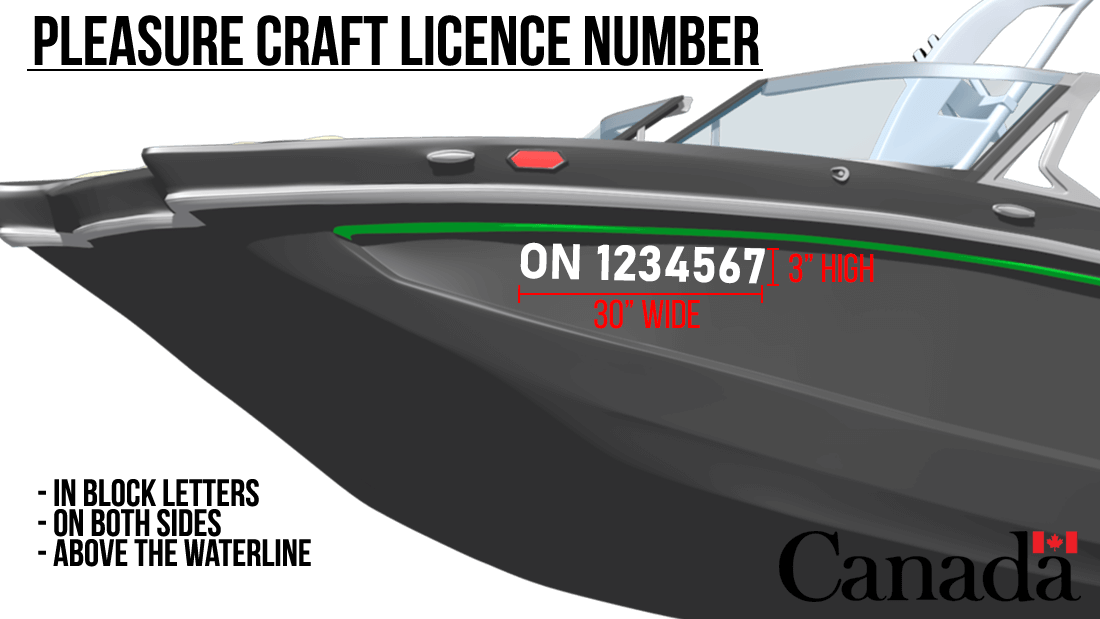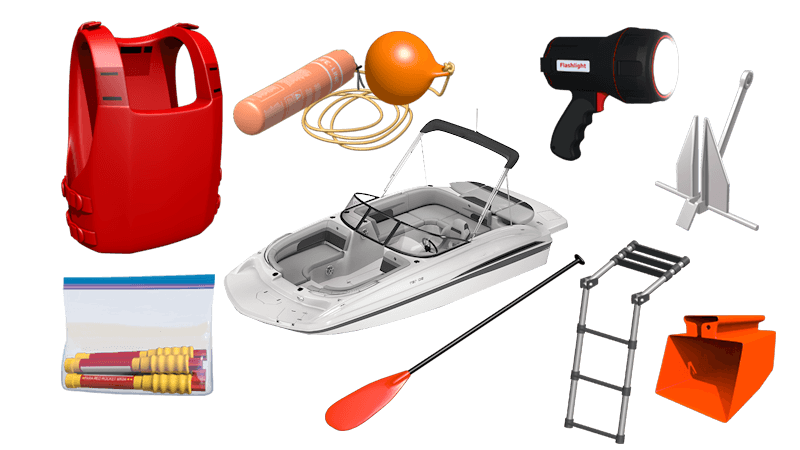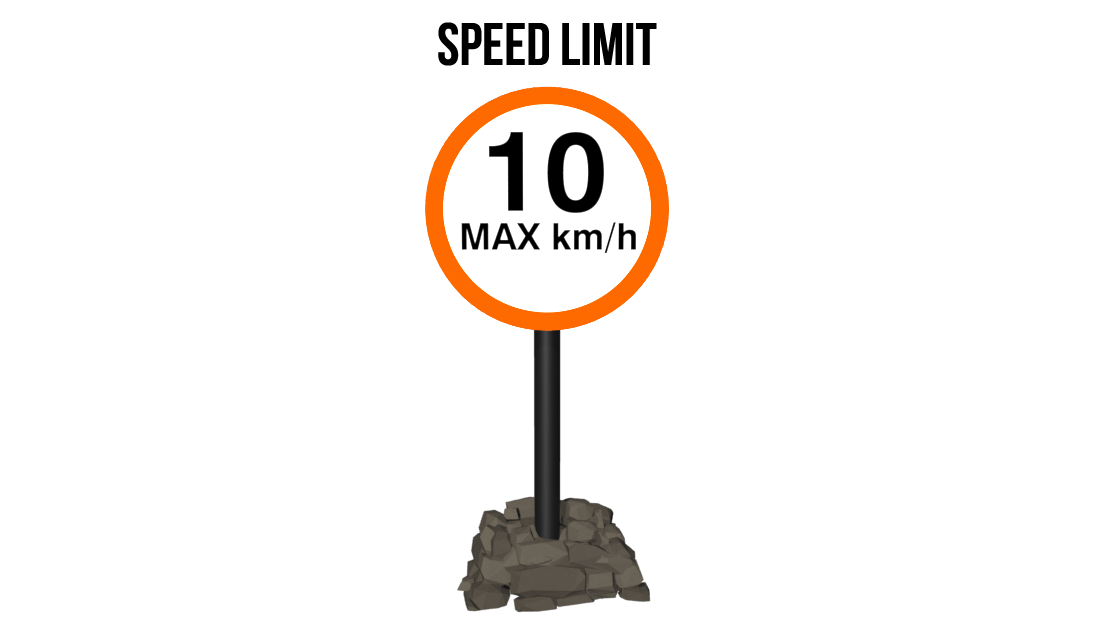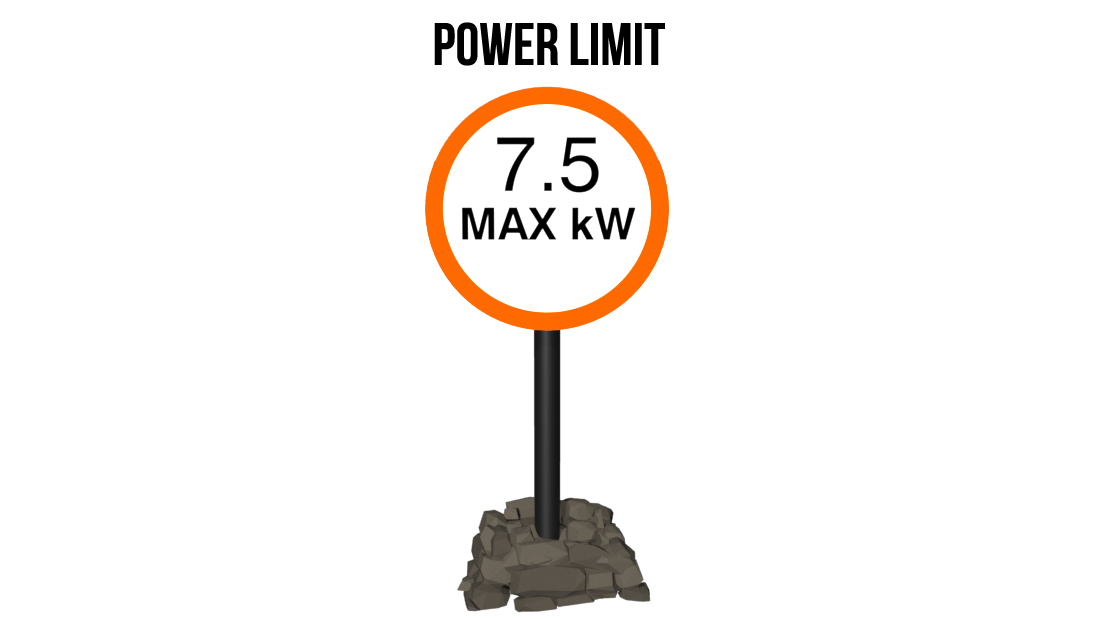Canadian Boating Laws and Regulations Restrictions that apply to pleasure craft

Boat licenses and documentation in Canada
In Canada, it is mandatory for all operators of motorized boats to possess a Pleasure Craft Operator Card. Referred to as a boating license, this PCOC is a requirement for individuals of all ages, boat sizes, and engine types, including electric trolling motors.
Age/Horsepower restrictions in Canada
Youth under 16 years of age may not operate boats with motors over certain horsepower limits unless someone 16 years of age or older is in the boat and directly supervising them. Youth under 16 years of age may not operate a personal watercraft (PWC) under any circumstances.
-
Under 12 years of age with no direct supervision, a person may operate a boat with up to 7.5 kW (10 hp);
-
Ages 12 to under 16 with no direct supervision, a person may operate a boat with up to 30 kW (40 hp)
-
Under 16 years of age, regardless of supervision may not operate a PWC
-
16 years of age or older: no horsepower restrictions

Safety equipment required for boats in Canada?
Safety equipment that each type of boat must carry on board to comply with Transport Canada regulations regarding boating safety equipments.
Speed Limits for boats in Canada
Some provinces have adopted speed limits of 10 km/h within 30 m (98’5”) of shore on all waters within their boundaries. This speed limit applies in Ontario, Manitoba, Saskatchewan, Alberta and the inland waters of British Columbia and Nova Scotia. This limit is in effect whether it is posted or not. Exceptions include:
-
recreational towing where the boat follows a path at a 90° angle to the shore in an area designated by buoys for recreational towing;
-
rivers less than 100 m (328’) wide, as well as canals and buoyed channels;
-
waters where another speed limit is set in a schedule to the regulations.
In certain areas, the boating restriction regulations can limit a pleasure craft’s maximum horsepower. It is important to inquire about restrictions. The operator must respect the limits, whether they are posted or not. To find out where restrictions apply, consult the Vessel Operation Restrictions.
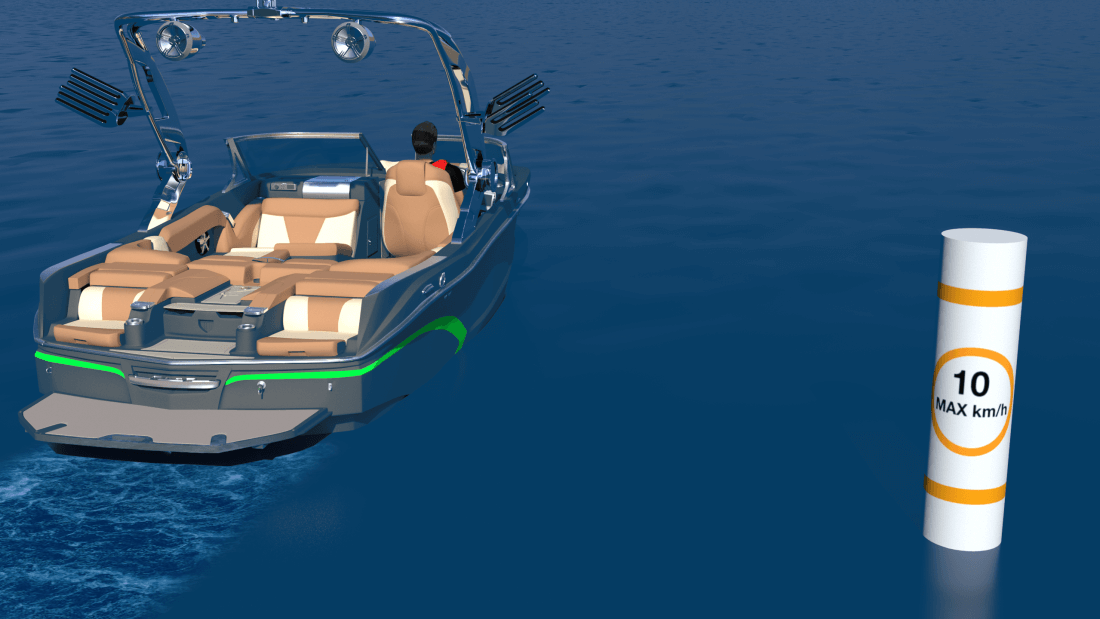
Restrictions for boats
Local restrictions have been placed on some Canadian waterways to promote public safety. Boaters are responsible for knowing and complying with these restrictions. Vessel operation restriction signs come in five shapes. The colour of the frame is international orange. When part of a sign has a green border, a special condition applies to the restriction. The symbol tells you the type of restriction that applies. If the sign is arrow-shaped, the restriction applies in the direction of the arrow. Know what these signs mean.

